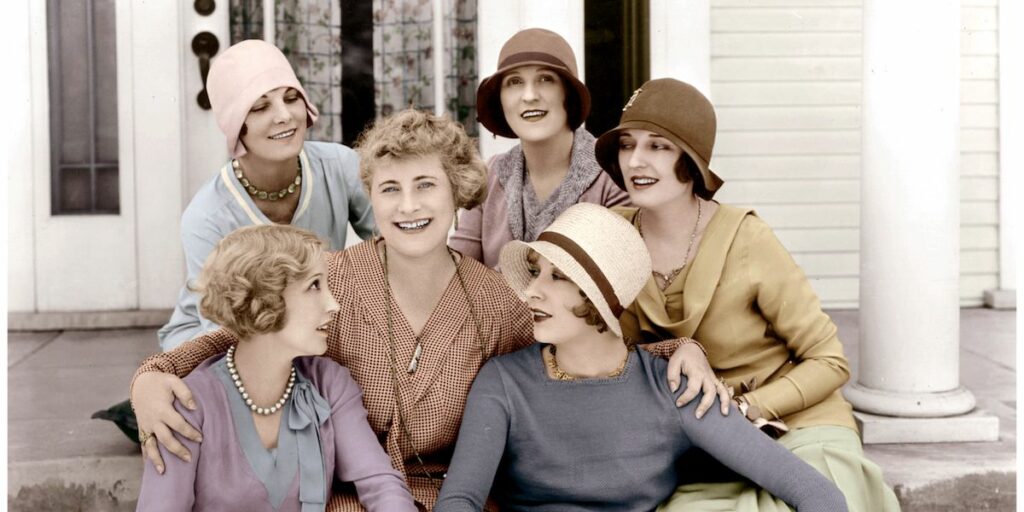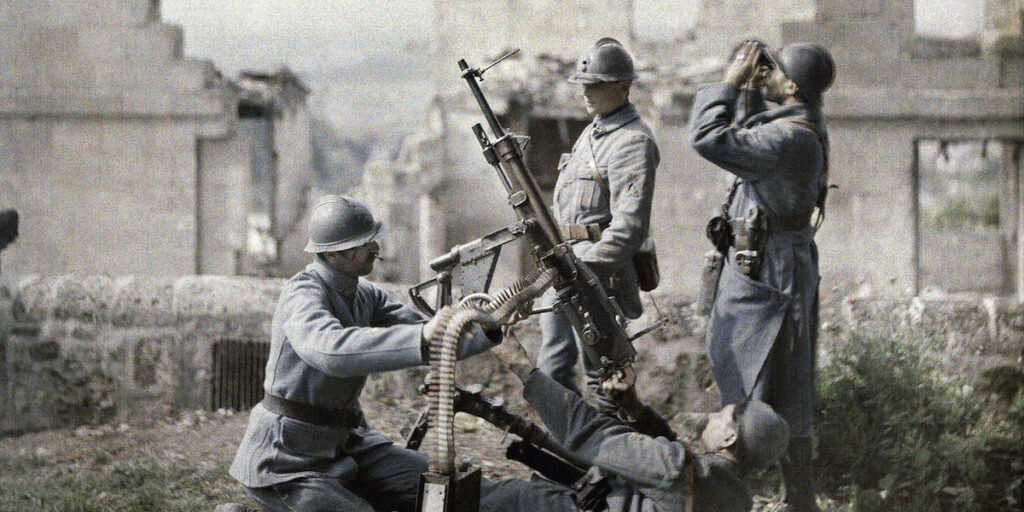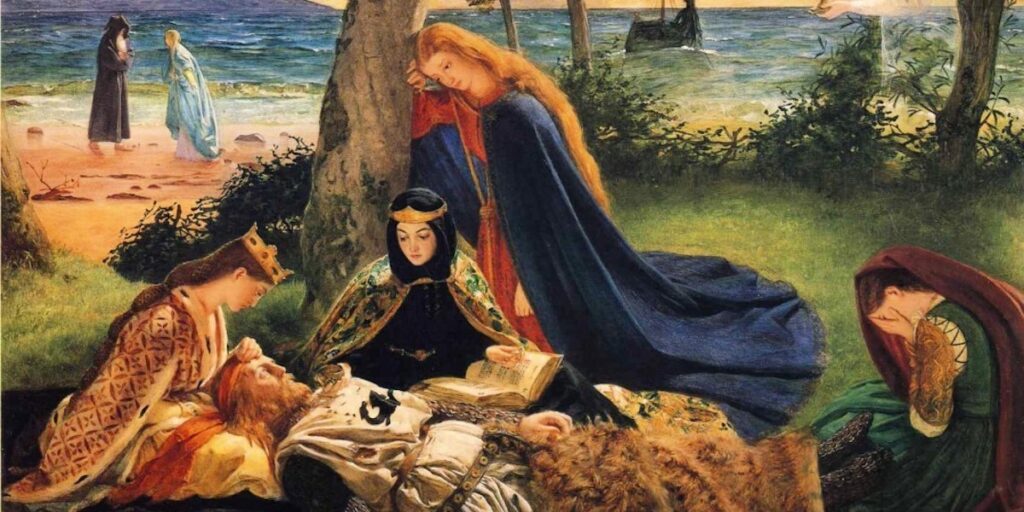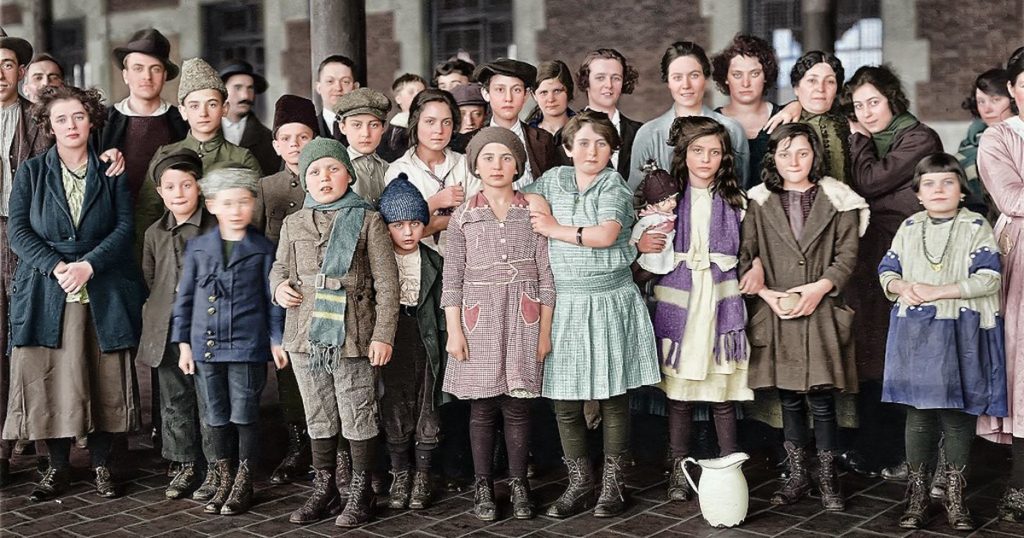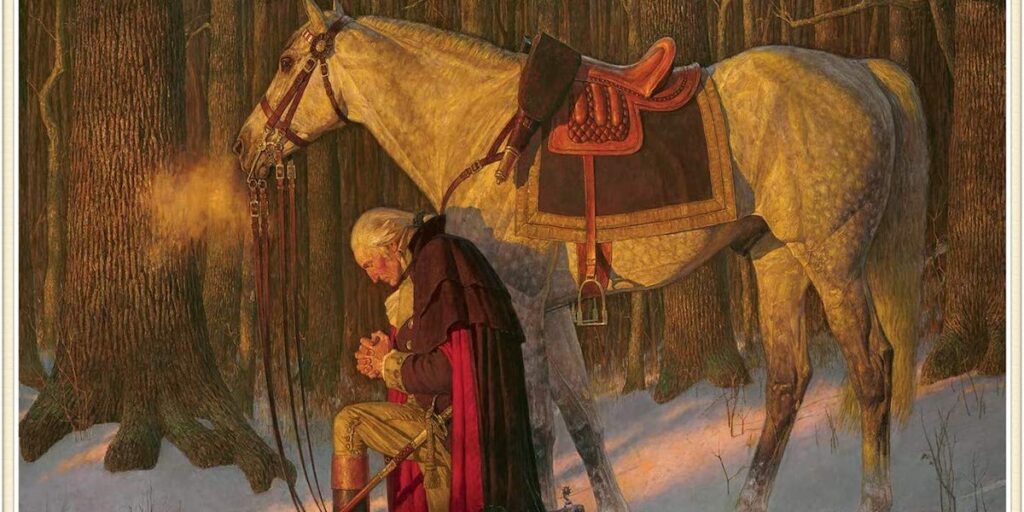
17 American History Classics for High School Students
American literature and history are so tightly intertwined, it is difficult to look at one without the other. Each of these literary selections represent different aspects of American history—from the colonial period, to Reconstruction, and to the late 20th century. Determination has been a quality of the American people since the first Pilgrims set foot on North American soil. Liberty is an essential part of our government and is at the root of almost everything Americans strive for. As Benjamin Franklin said, “Where liberty dwells, there is my country.”
This is the third in our four part series: Ancient History, Medieval History, American History, and Modern History. Each post has 15 to 20 pieces of literature that helped define those time periods. This list can also be used as a resource alongside Dave Raymond’s History series and many of these books and poems are included in our lecture series (British & World Literature and American Literature).
1. The Sermons of Jonathan Edwards
Jonathan Edwards is known as one of the foremost preachers, theologians, and philosophers to come out of the 1700s. Puritans at this time were growing lukewarm towards Christianity; Edwards saw the danger of this and took on the role of a determined revivalist.
Edwards’ sermon “Sinners in the Hands of an Angry God” has become his most famous sermon in which he warns his congregation of the path they are and where it leads. He continues to influence Christians today with his groundbreaking theological writings.
2. Democracy in America by Alexis de Tocqueville
Originally written in French, Alexis de Tocqueville published a two-volume series of his perspective of the democratic solution in America. In 1831, the French government assigned de Tocqueville and a colleague to assess the American prison system; instead, de Tocqueville spent time researching America’s social system. Religion, politics, and economics played into this study, resulting in a comprehensive picture of America in the early 1800s.
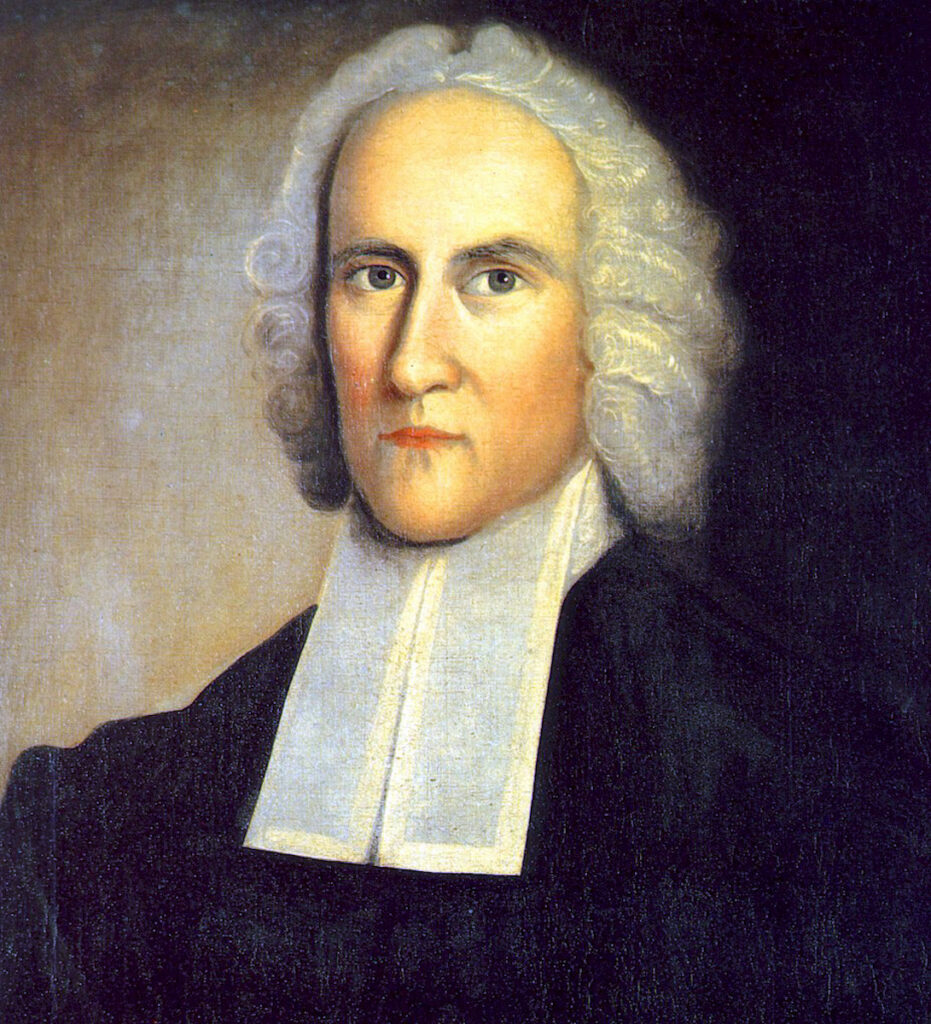

3. The Declaration of Independence & the Constitution
Did you know the Declaration of Independence was an act of treason? In signing such a document, our Founding Fathers ensured their executions should the British win the war. Such a document was necessary, however, to force King George and Parliament to pay attention to their legitimate but ignored request for equal representation and everything that entailed.
The Constitution was not written until 1878, after the Revolutionary War. Many of our Founding Fathers realized states held too much power while the federal government was struggling to assert authority, resulting in an imbalance in power. It is the most important document in American history, holding the position of ultimate political power.
View high quality images and other resources related to the Declaration of Independence here, and the Constitution here, both the National Archives.
4. Common Sense by Thomas Paine
Now a small book, Common Sense was originally published as a 47-page pamphlet. Paine, an outspoken patriot, was desperate for Americans to understand just how tyrannical the British government was. Independence was a necessity in Paine’s eyes and he used this pamphlet to explain why fighting for freedom was a necessary outcome. It is a wonderful picture of the desperation and strength of the Americans who paved the way to national independence.
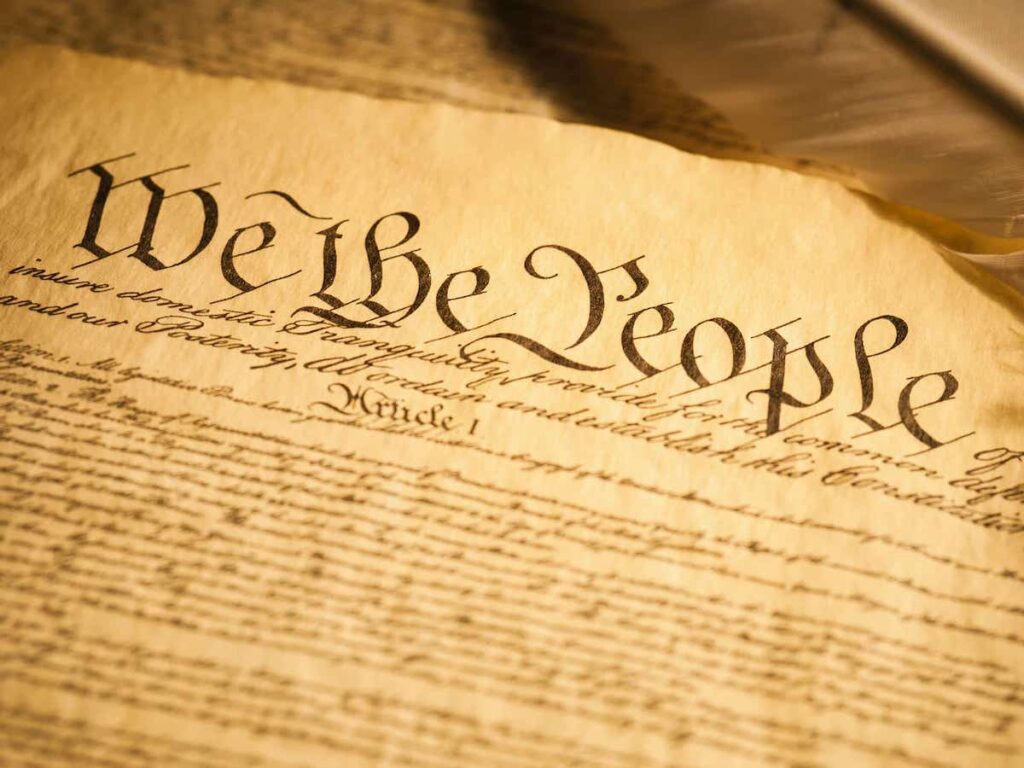
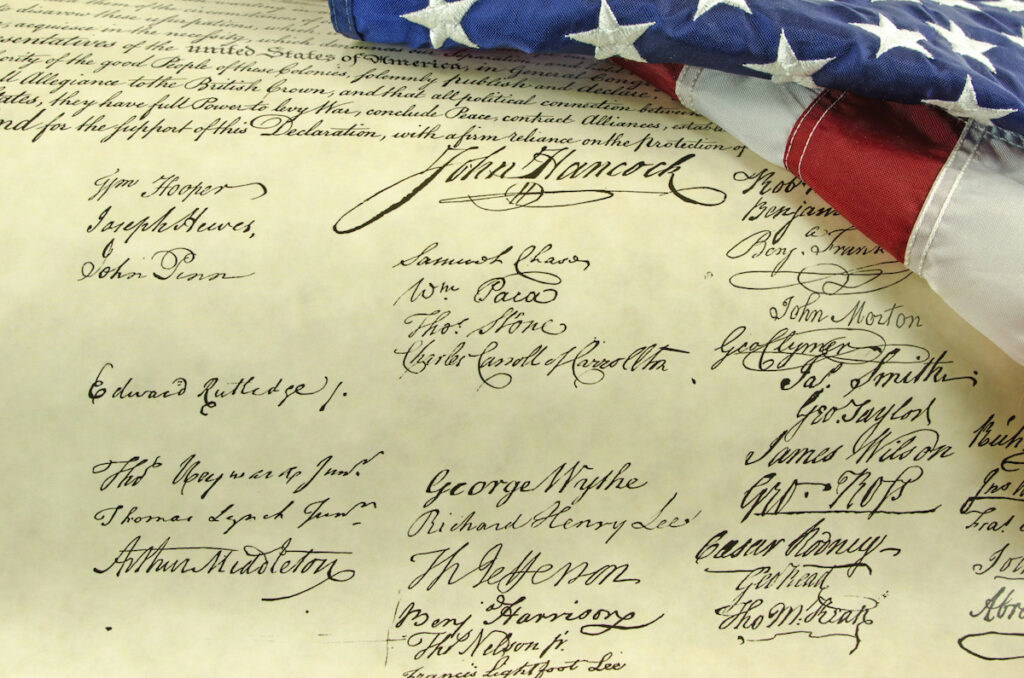
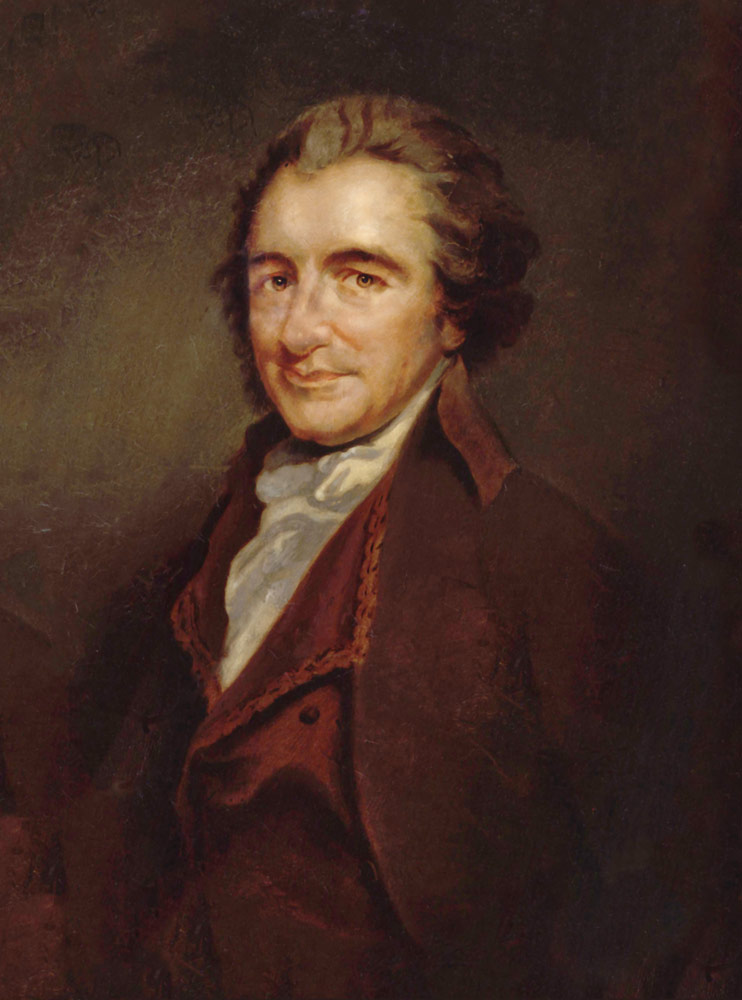
5. “Young Goodman Brown” & “The Minister’s Black Veil” by Nathaniel Hawthorne
Nathaniel Hawthorne’s literary works define the era of early American literature. His interpretation of New England Puritans heavily influenced how they are viewed by modern generations. Character, religion, spirituality, and truth are common themes throughout Hawthorne’s stories and are best seen in these two short stories.
6. “The Tell-Tale Heart” & “The Purloined Letter” by Edgar Allan Poe
Edgar Allan Poe’s ability to write horrifying stories has upheld his popularity as an author even into the twenty-first century. The Raven is obviously Poe’s most famous poem but The Tell-Tale Heart sums up his typical bent towards darkness in a story filled with murder and madness. However, most people are not aware of Poe’s genius as a mystery writer. He was so talented he actually invented the modern detective story. The Purloined Letter is a delightful short story that will make you want to take a closer look at this morbid author.
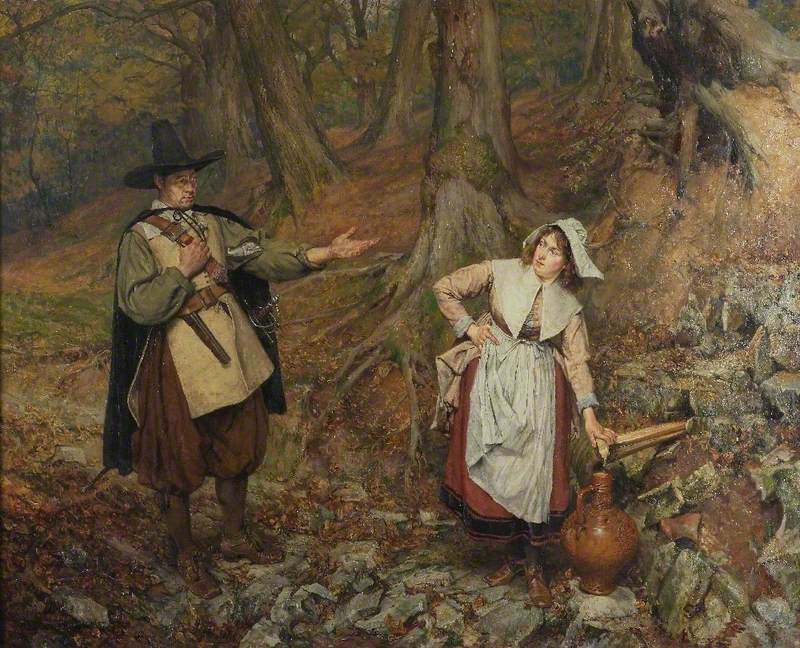
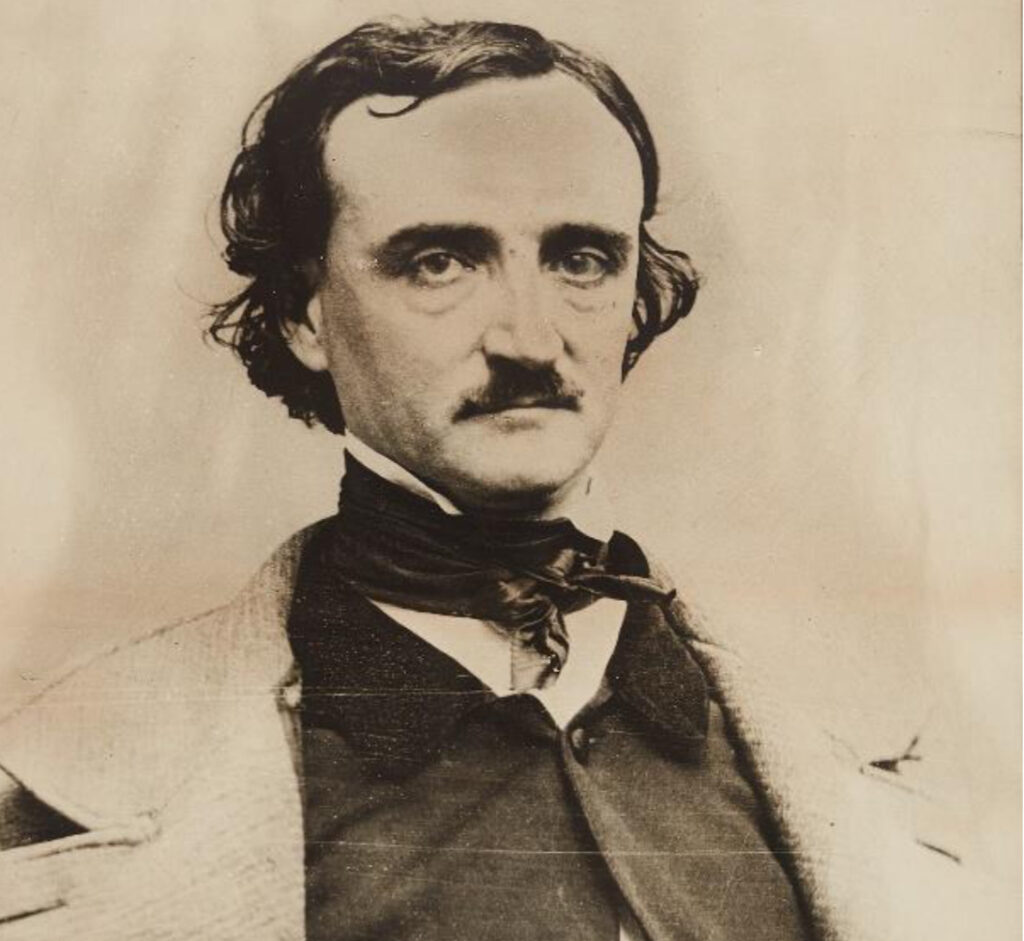
7. The Autobiography of Benjamin Franklin
This Boston native is without question one of America’s most important Founding Fathers. Franklin’s life is fascinating and he lays it all out in his autobiography. Written for his son, William, Franklin’s purpose was to “set the record straight” on certain events, people, and inventions. It is one the most influential and brilliant autobiographies in American history and, arguably, all literature.
8. The Red Badge of Courage by Stephen Crane
A classic coming-of-age novel, Stephen Crane’s story of the Civil War has remained popular since its publication in 1895. Henry Fleming, a young private in the Union army, is thrilled by the idea of war. When he faces his first battle, however, he flees in terror. After rejoining his regiment, Henry sees the wounds inflicted on other soldiers and regrets his cowardice, longing for his own “red badge of courage.”
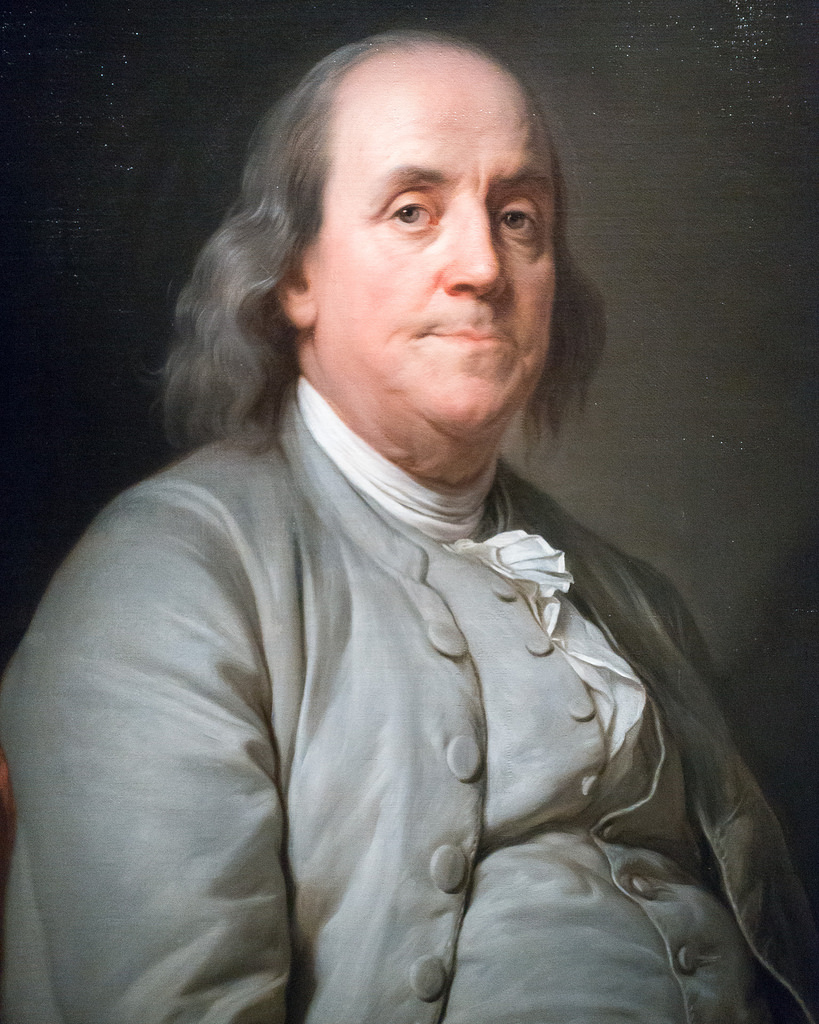

9. A History of the American People by Paul Johnson
Ironically, this incredible history of the United States was written by an Englishman. Paul Johnson examines the earliest colonial settlements, following the American people through the decades to the Clinton years in office. Original documents are scattered throughout the book, granting legitimacy to Johnson’s wonderful storytelling capabilities. The overarching theme Johnson points out is the unyielding determination that has been a part of the American people since the very beginning.
10. The Legacy of the Civil War by Robert Penn Warren
The United States has participated in many wars throughout her almost two hundred and fifty years as a country. In terms of casualties, the Civil War was the worst, killing more men than in WWI, WWII, Korea, and Vietnam combined. Warren’s book is a beautiful account this violent era in American history. He addresses the many complicated aspects that began the war such as racism, economics, and societal differences.
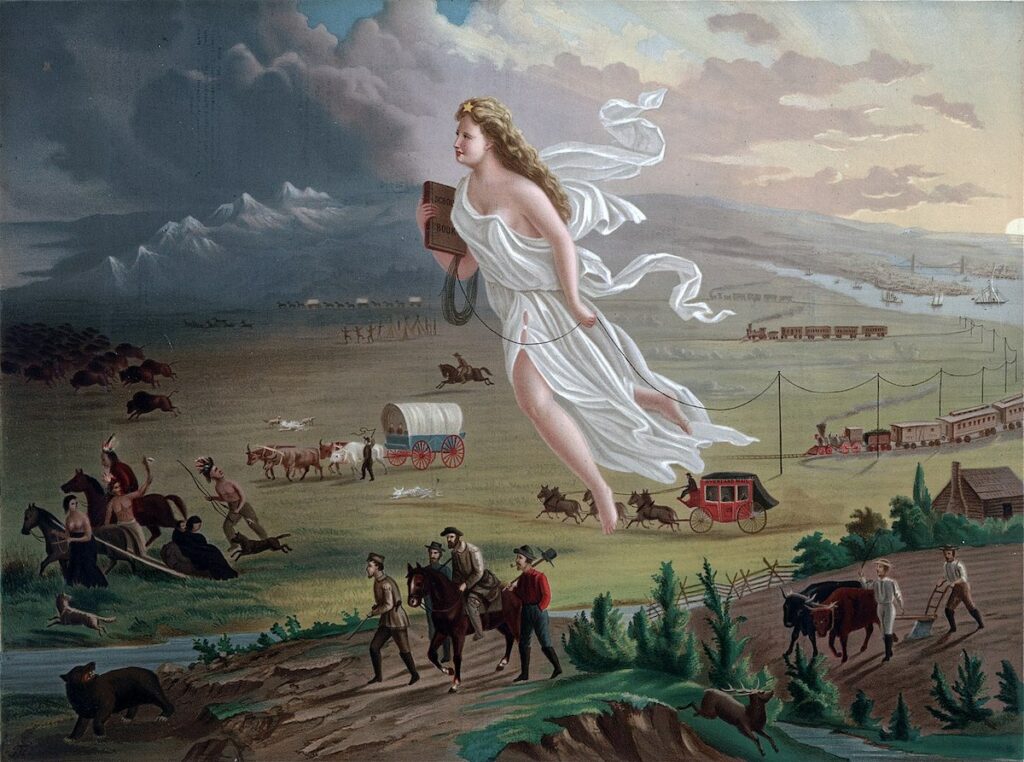
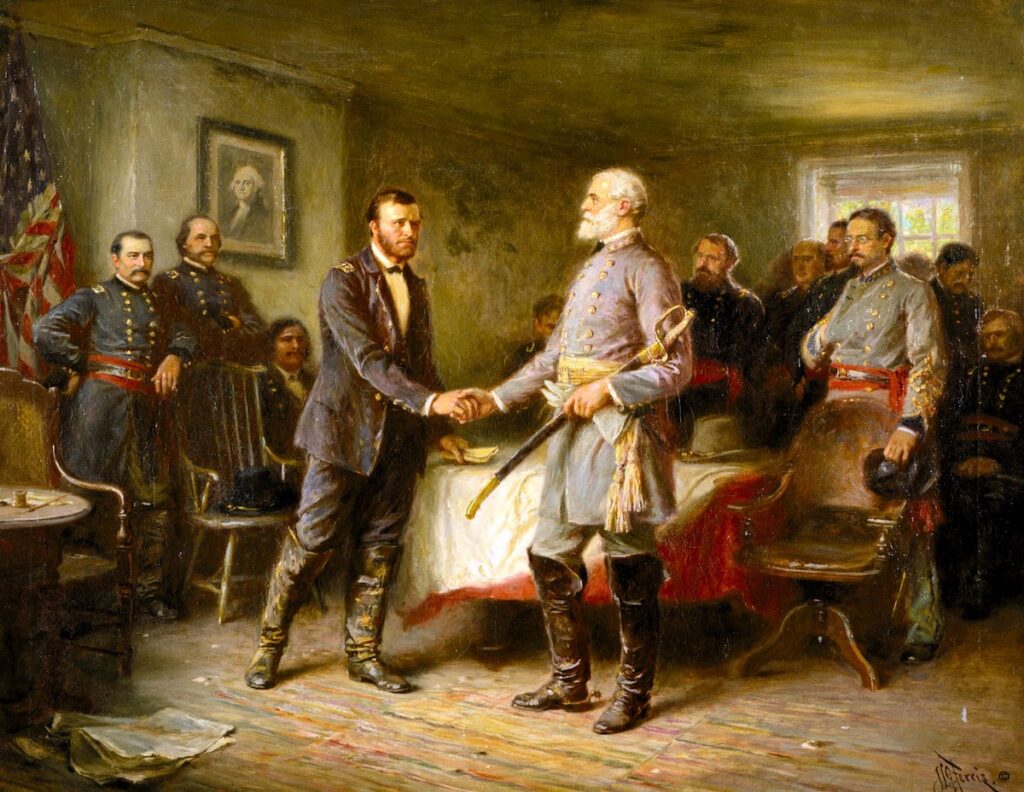
11. Collected Poems of Emily Dickinson
A reclusive, quiet young woman, no one assumed Emily Dickinson would become one of the most famous poets in American literature. Emily never married, living with her family until her death at fifty-six. Her poems feature nature imagery and themes of love, faith, and mundane realities. Emily’s genius shines through her unique ability to write in different styles, many of which were not popular in the mid-1800s.
12. Collected Poems of Anne Bradstreet
Anne Bradstreet holds a special place in literature as the first published author in the colonies and first Puritan writer in American literature. A devoted wife and mother, Bradstreet filled her poems with various aspects of her life in the colonies. Grief, love, and family are common themes, making her poems relatable to future generations. They are also incredibly moving.
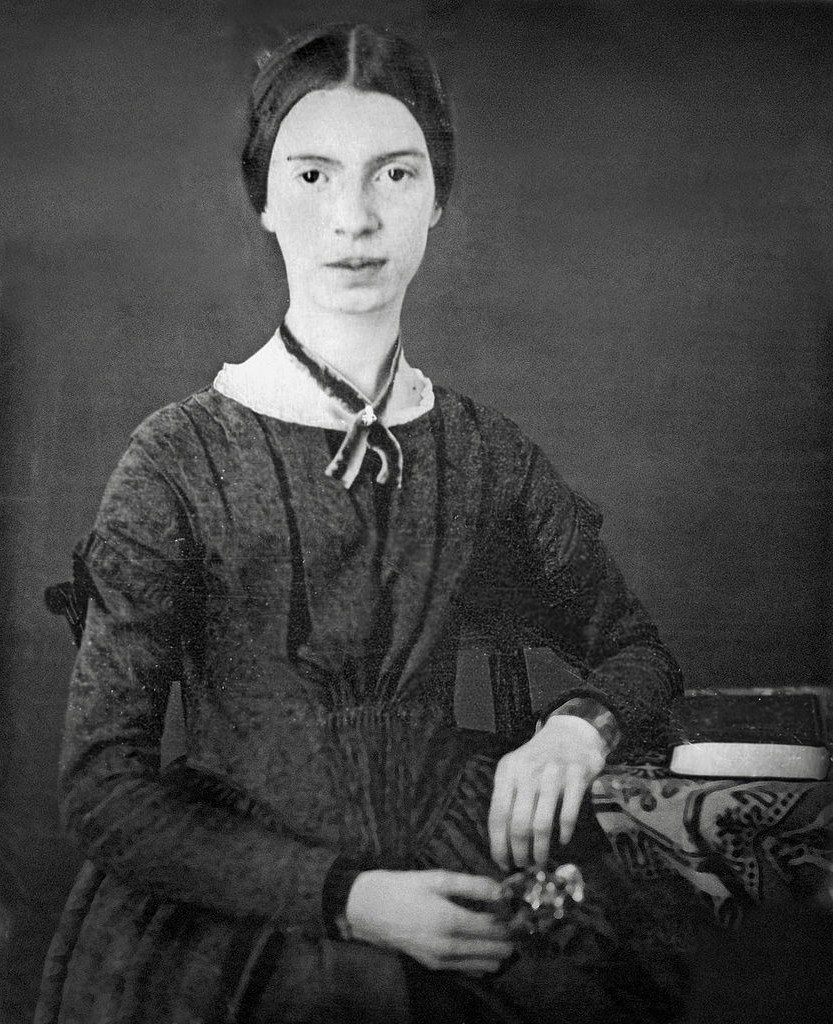
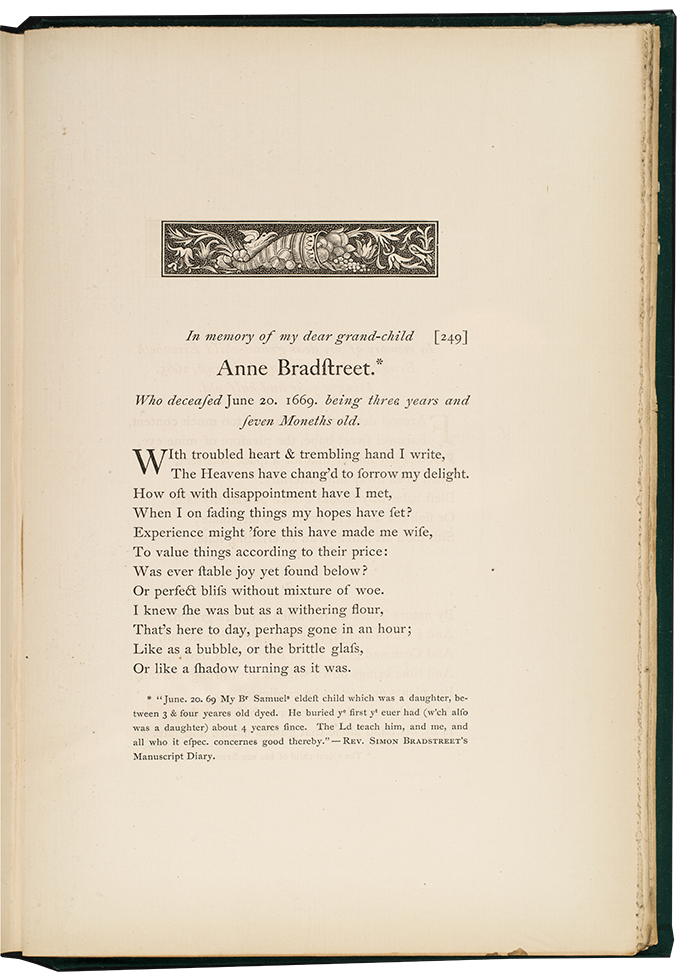
13. The Scarlet Letter by Nathaniel Hawthorne
Another Hawthorne selection, this novel is considered one of the greatest in early American literature. Hawthorne tells the story of Hester Prynne, a single mother forced by the community to wear a red letter A as public humiliation for having a child out of wedlock. While the perspective of Puritans is somewhat narrow, it is a well-written novel about forgiveness, sin, and love—all wrapped up in a little mystery.
14. Narrative of the Life of Frederick Douglass, an American Slave
Frederick Douglass was born a slave in 1818. After escaping from his master, Douglass worked his way to freedom and became one of the greatest abolitionist leaders of the nineteenth century. A talented orator, Douglass eventually wrote an autobiography describing his life as a slave, eventual escape, and rise to political and social power (he even became a statesman). His autobiography is truly a beautiful testament of God’s saving grace.
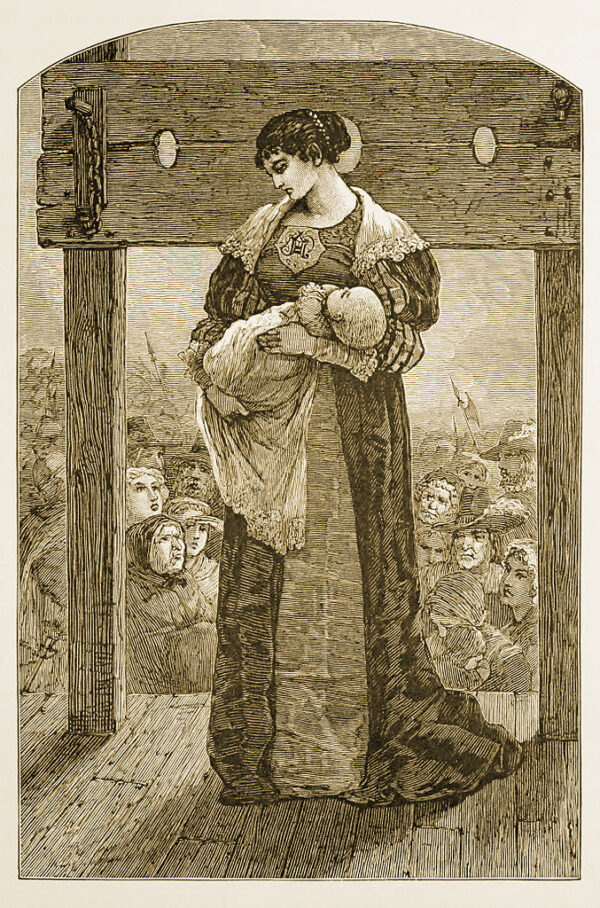
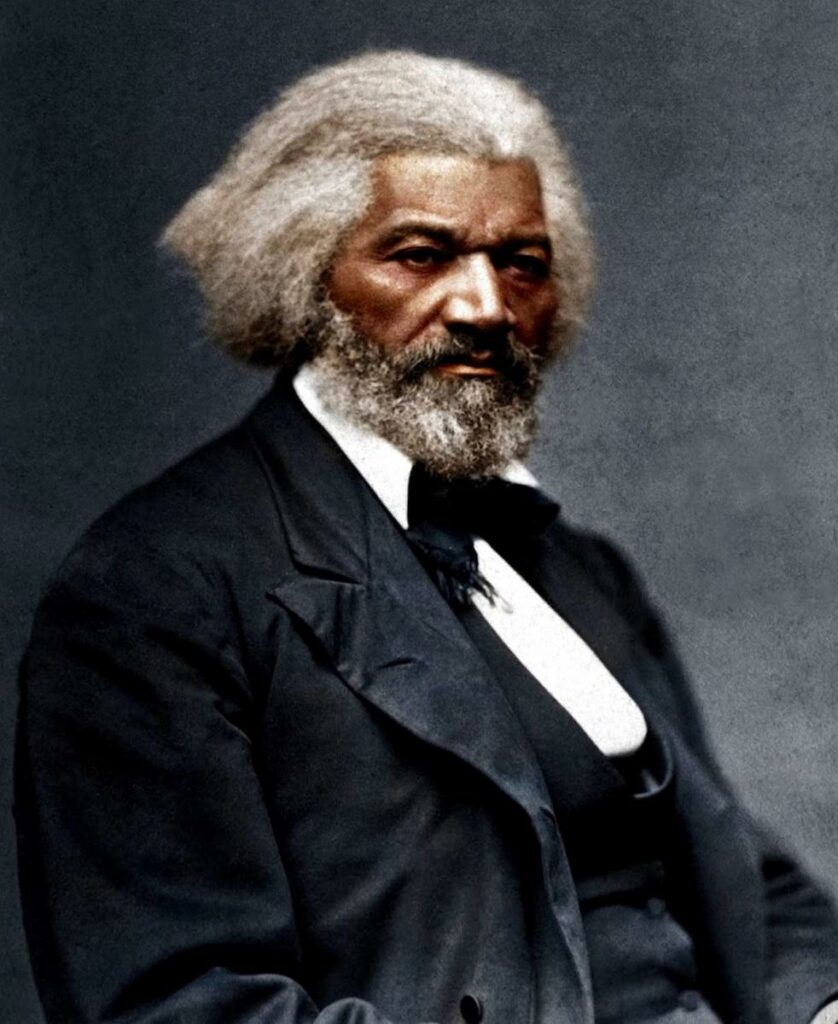
15. Undaunted Courage by Stephen Ambrose
Lewis and Clark are two of the most famous names in American history. At the request of President Jefferson, these two explorers set off to journey west to uncover the untold riches of the land acquired in the Louisiana Purchase. Stephen Ambrose describes the characters involved in the exploration in vibrant, memorable words that open up a long gone world.
Be sure to check out our page of teaching resources on Lewis and Clark—it’s loaded with things to explore as you encounter these brave explorers in your history curriculum.
16. Gone With the Wind by Margaret Mitchell
Over 30 million copies of this sweeping drama have been sold since its publication in 1936. Rhett Butler, Scarlett O’Hara, Melanie Hamilton, and Ashley Wilkes are just a few of Mitchell’s memorable cast of characters who live through the grief and danger of the Civil War. Mitchell’s novel is popular for a reason: she paints the doomed South as her grandparent’s saw it, taking her readers from its glory to its downfall and struggle to survive Reconstruction.
17. The Last of the Mohicans by James Fenimore Cooper
What happens if a young English girl falls in love with a strong Mohican warrior in the middle of a war? Cooper’s historical romance is set during 1757 in the midst of the French and Indian War. As the two sides struggle to gain an upper hand, the two young people struggle to keep their love alive. Intrigue, battles, death, and forbidden love make this one of the most famous novels in American literature.
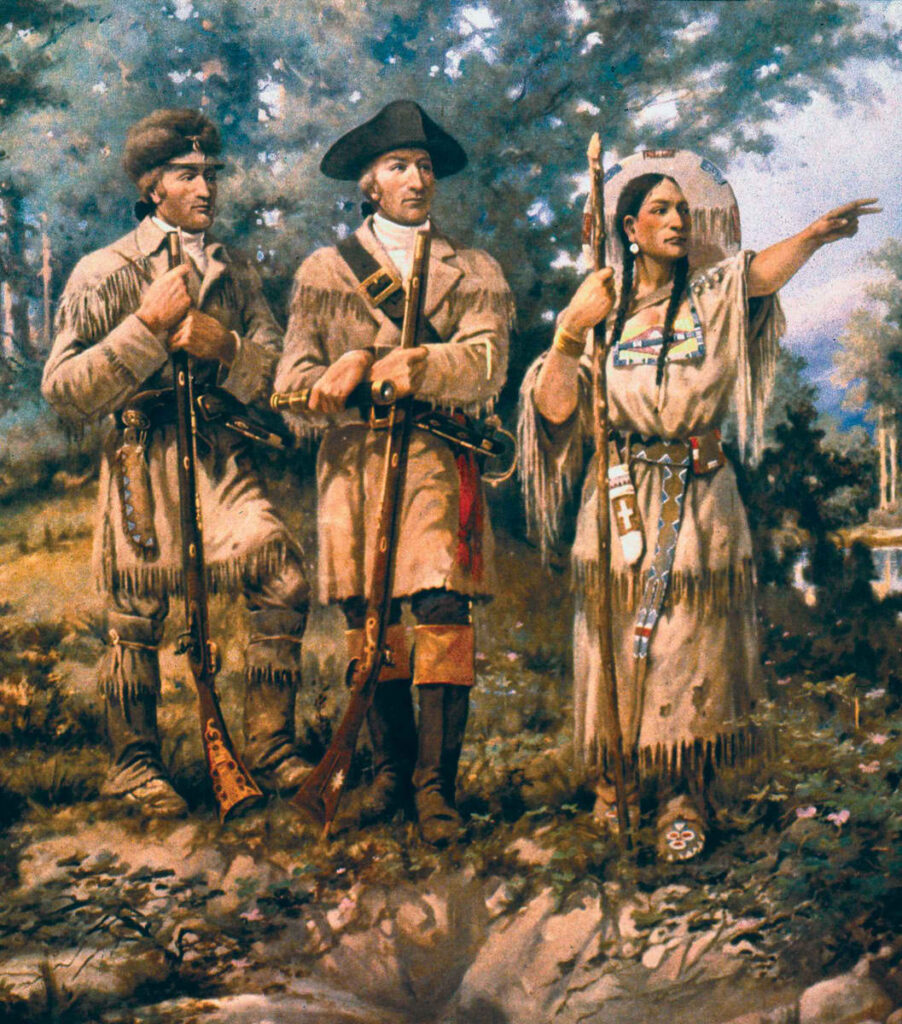
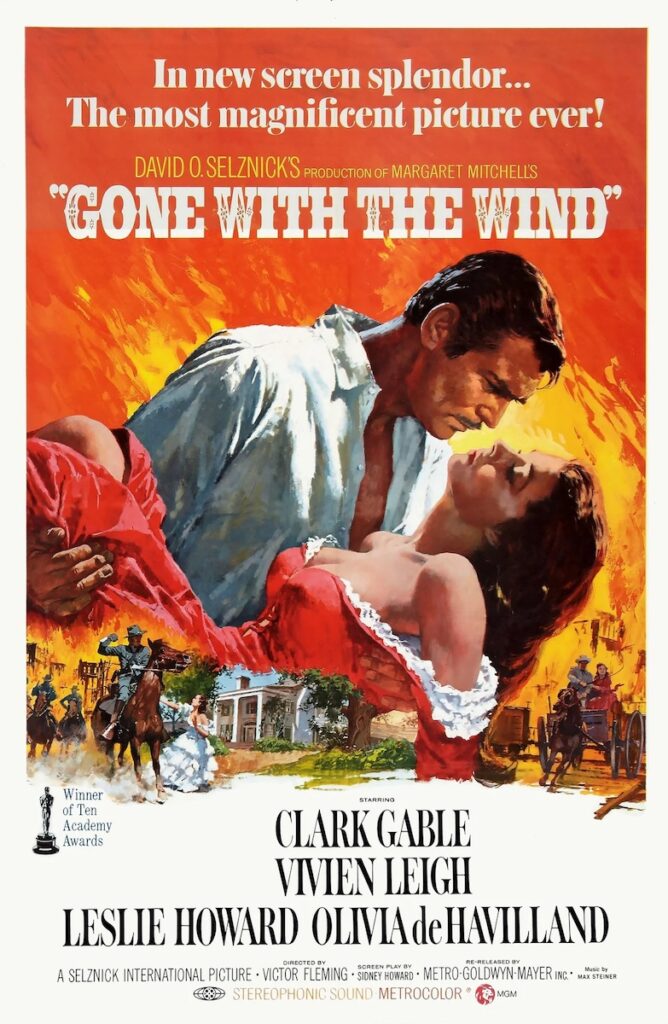
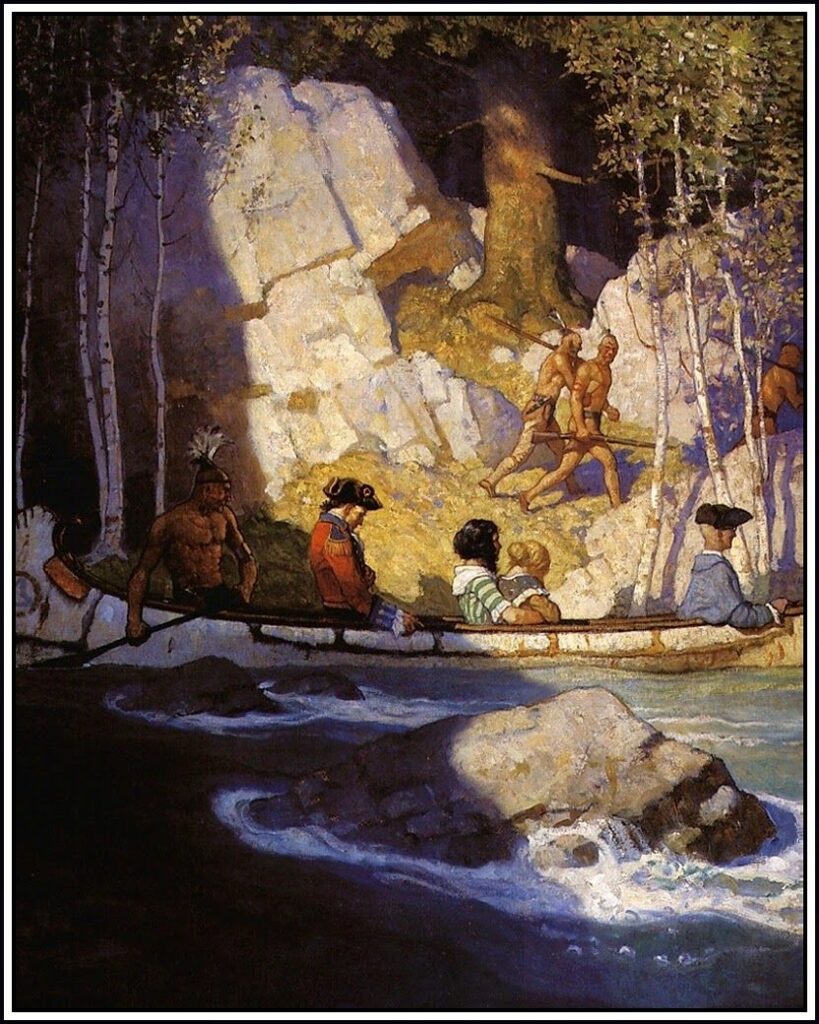
Reading American Literature Along with History
American literature at the high school level aligns well with our American History or American Literature curricula. Learning is so much more enjoyable when stories are integrated across subjects! Instructor Dave Raymond uses stories to introduce a worldview approach to history, and encourages students to explore their God-given gifts as they explore on their own.

